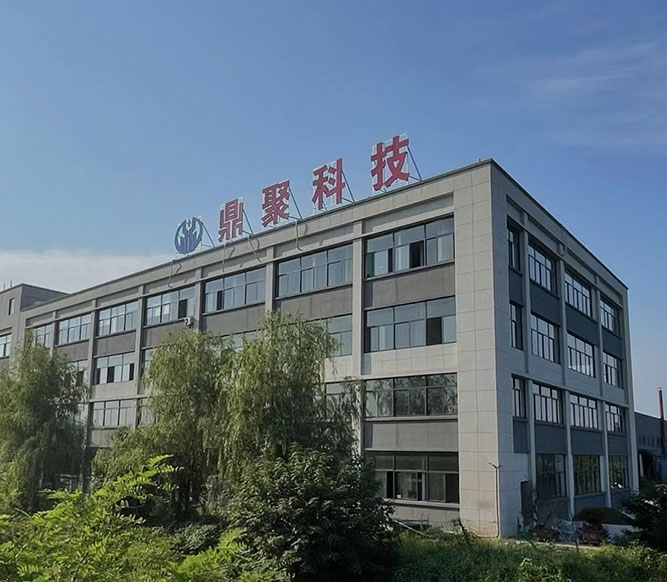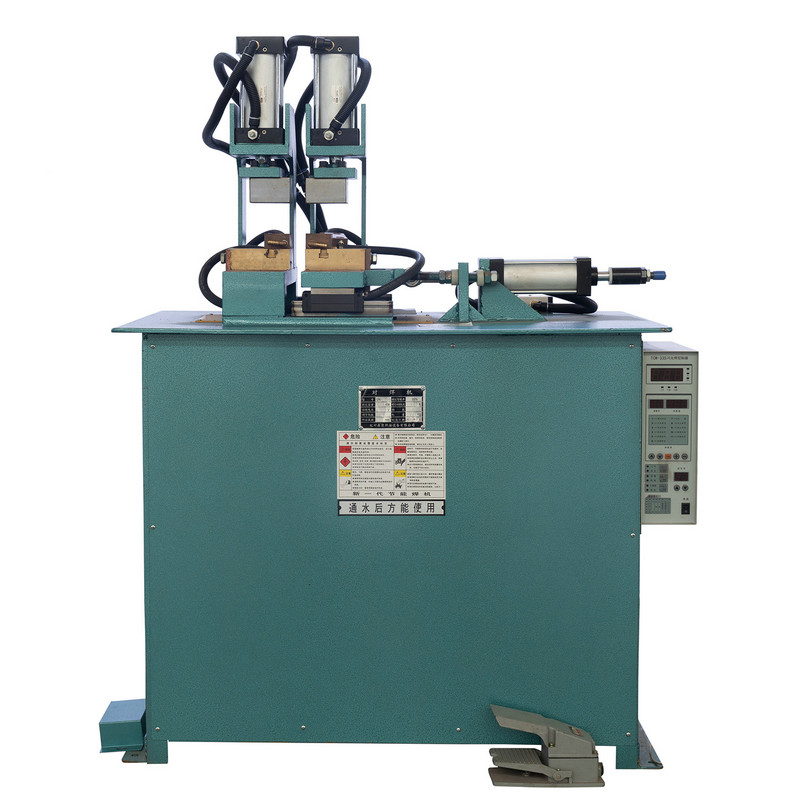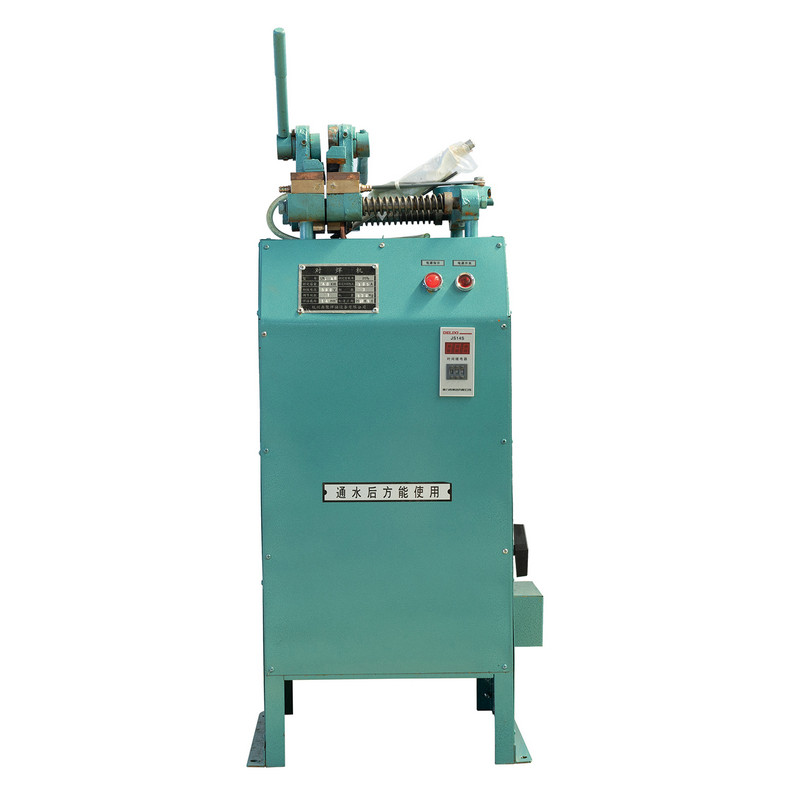Language
The metal shell zero wear pneumatic butt welding machine has become a critical tool in industries where high-quality, efficient pipe welding is essent...
READ MORE

The metal shell zero wear pneumatic butt welding machine has become a critical tool in industries where high-quality, efficient pipe welding is essent...
READ MORE
A stable workpiece clamping pneumatic butt welding machine is an essential tool in industrial fabrication and pipe processing. Its primary function is...
READ MORE
Achieving high-quality welds is a critical requirement in pipe fabrication and industrial assembly. A pneumatic pressure application butt welding mach...
READ MORE
The foot-operated steel bar butt welding machine has become an essential tool in the construction and manufacturing industries. Known for its efficien...
READ MORE
Pneumatic butt welding is a widely used process in industrial manufacturing, particularly in the joining of thermoplastic pipes and profiles. The Two-...
READ MOREWhat are the common types of welding accessories?
There are many types of welding accessories. Here are some common welding accessories and their brief descriptions:
Welding Fixtures: Used to fix and support the workpiece to ensure that it maintains the correct position and alignment during the welding process.
Welding Positioners: Help welding operators to weld more conveniently by rotating and tilting the workpiece, improving welding quality and efficiency.
Welding Helmets: Protect welders' eyes and faces from strong light, spatter and heat.
Welding Cables: Connect the welder to the welding workpiece to ensure the efficiency and safety of current transmission.
Welding Nozzles: Used to protect the welding wire and arc, commonly used in gas shielded welding (such as MIG welding).
Welding Electrodes: Used in arc welding, the electrode melts under the heat of the arc and forms a weld.
Welding Flux: Used to protect the welding area, prevent oxidation and promote the flow of weld metal.
Welding Hammers: used to remove slag from the weld surface or adjust the position of the welded parts.
Welding Pliers: used to clamp and fix welding materials to ensure stability during welding.
Welding Gas Cylinders: used to store and supply gases required for welding, such as argon, carbon dioxide, etc.
How to maintain and care welding accessories?
Maintaining and caring for welding accessories is an important measure to ensure their normal operation, extend their service life and improve welding quality. Here are some suggestions for the maintenance and care of welding accessories:
1. Regular inspection
Appearance inspection: Regularly check whether the welding accessories are worn, damaged or corroded, and replace damaged parts in time.
Functional inspection: Ensure that all moving parts (such as fixtures, positioners) can operate smoothly without jamming.
2. Cleaning
Remove welding slag and dirt: Use a brush or compressed air to regularly clean welding slag, dust and oil on welding accessories.
Keep dry: Ensure that welding accessories are kept dry during storage and use to prevent rust and corrosion.
3. Lubrication
Regularly lubricate moving parts: such as fixtures, positioners, etc., use appropriate lubricants to ensure their smooth movement.
Avoid excessive lubrication: Avoid excessive lubrication to prevent oil from contaminating the welding area.
4. Proper storage
Moisture-proof storage: Store welding accessories in a dry and ventilated environment to prevent moisture.
Avoid shock: Avoid heavy pressure or severe collision during storage to ensure that accessories are not damaged.
5. Operating specifications
Follow the operating manual: When using welding accessories, strictly follow the manufacturer's operating instructions to avoid damage caused by improper use.
Train operators: Ensure that all operators are professionally trained to understand how to properly use and maintain welding accessories.
6. Regular calibration
Calibrate equipment such as welding positioners: Check their accuracy regularly to ensure that they can maintain correct positioning during the welding process.